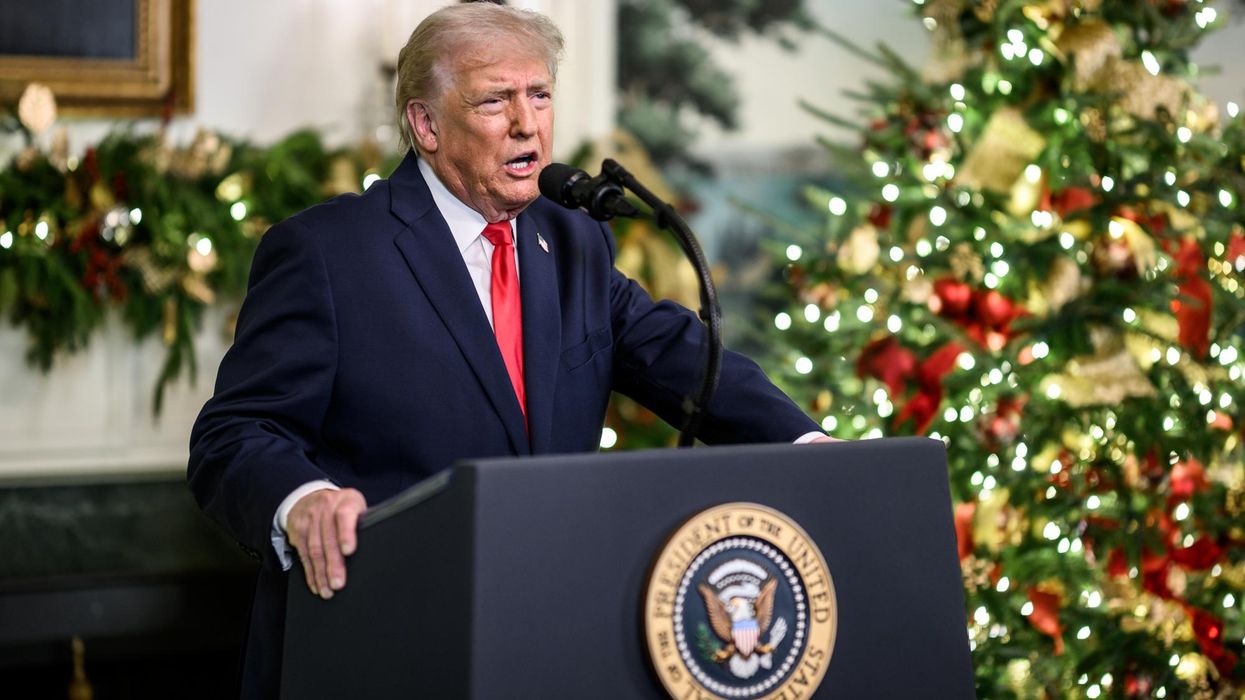Young people are too often called on to go to war and sacrifice their lives for their country. Jessica Anderson and James Jay Carafano echoed the call for armed service in a recent Washington Times opinion piece.
The adage “freedom isn’t free” is used to recruit many youths in the United States and around the world to fight wars in distant countries to allegedly protect democracy and freedom. The sacrifice members of the military and their families make are enormous. They commit to protect and serve with their lives, leaving families behind. Parents lose sons and daughters; children grow up without their father or mother. While military service is honorable, there are alternative methods to ending cycles of violence experienced around the world that do not rely on employing more violence.
Since 2001, the U.S. has spent $6.4 trillion on wars across the Middle East and North Africa, yet, the world is not safer. Global violence has only grown, climbing to a 30-year high in 2019. Hundreds of thousands of civilians have been killed. Thousands of American lives have been lost and still veterans are not getting the care they need after they return from war.
It is beyond time we start empowering America’s youth to fight for the U.S. using diplomacy and peacebuilding. Instead of fighting in wars that started before many were even born, young people can strengthen America by ending these costly wars. This is possible by investing in sustainable solutions to build more resilient societies.
The global youth population today is over 1.85 billion. Nearly 1 in 4 are living in conflict-affected countries. In the U.S., over half of the population is 38 or younger. Young people in the United States and around the world are leading movements to address problems like violent extremism, and many other issues that affect the safety of their communities. Too often youth are sidelined for supposedly being too naïve or too inexperienced to be a part of the conversation that will directly affect them. In too many parts of the world, youth are seen as a problem that needs fixing.
While young people are often sidelined from conversations that directly affect them and even scapegoated as the problem, they are quickly called on to take on the most noble act of sacrificing their lives to protect their nation. Their voices and participation seem to only matter when their bodies are used as pawns in the grown-up game of war.
Former President Herbert Hoover during the 1944 Republican Convention said, "Older men declare war. But it is the youth that must fight and die."
The problem of low enrollment in the U.S. military is not a lack of qualified candidates or recruitment efforts. The reality is that traditional approaches to solving global problems are no longer popular or working. A 2019 Pew poll found that a majority of veterans don’t believe the wars in Iraq and Afghanistan were worth fighting. Seventy-four percent of millennials believe most wars can be avoided. There is also a growing sense in Congress that nonviolent solutions and investments in prevention are more cost-effective and more sustainable alternatives to military force.
Currently, the U.S. Congress is working to increase youth engagement in U.S. foreign affairs beyond military service. The bipartisan Youth, Peace and Security Act of 2020 seeks to empower young people around the world to meaningfully engage in peace and security conversations. If passed, this legislation would codify a U.S. foreign policy that empowers and partners with youth to build peace and ensure security.
Serving your country no longer solely consists of putting on a military uniform. It can also mean putting on a volunteer badge at a local homeless shelter or food kitchen. Becoming a violence interrupter in your community. Leading a movement to take on the injustices and problems within communities and around the world.
American youth are capable of influencing the way the U.S. government conducts foreign affairs. Young people can engage with policymakers to ensure prevention and non-violent solutions are prioritized in U.S. foreign affairs by supporting youth peacebuilders around the world.
By responding to the realities of young people, the Youth, Peace and Security Act of 2020 will lessen the need for expensive and burdensome militarized solutions. It will stop young people from dying in endless wars. Young people are not just the leaders of tomorrow. We are the force behind building a more equitable and peaceful world today.
















